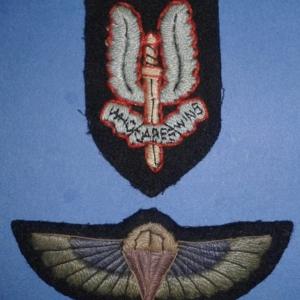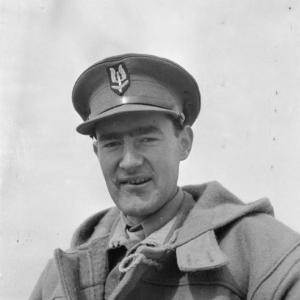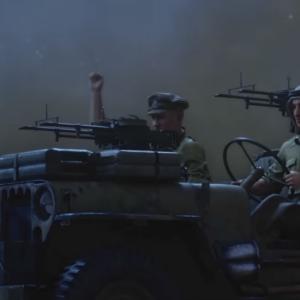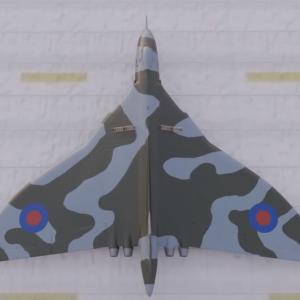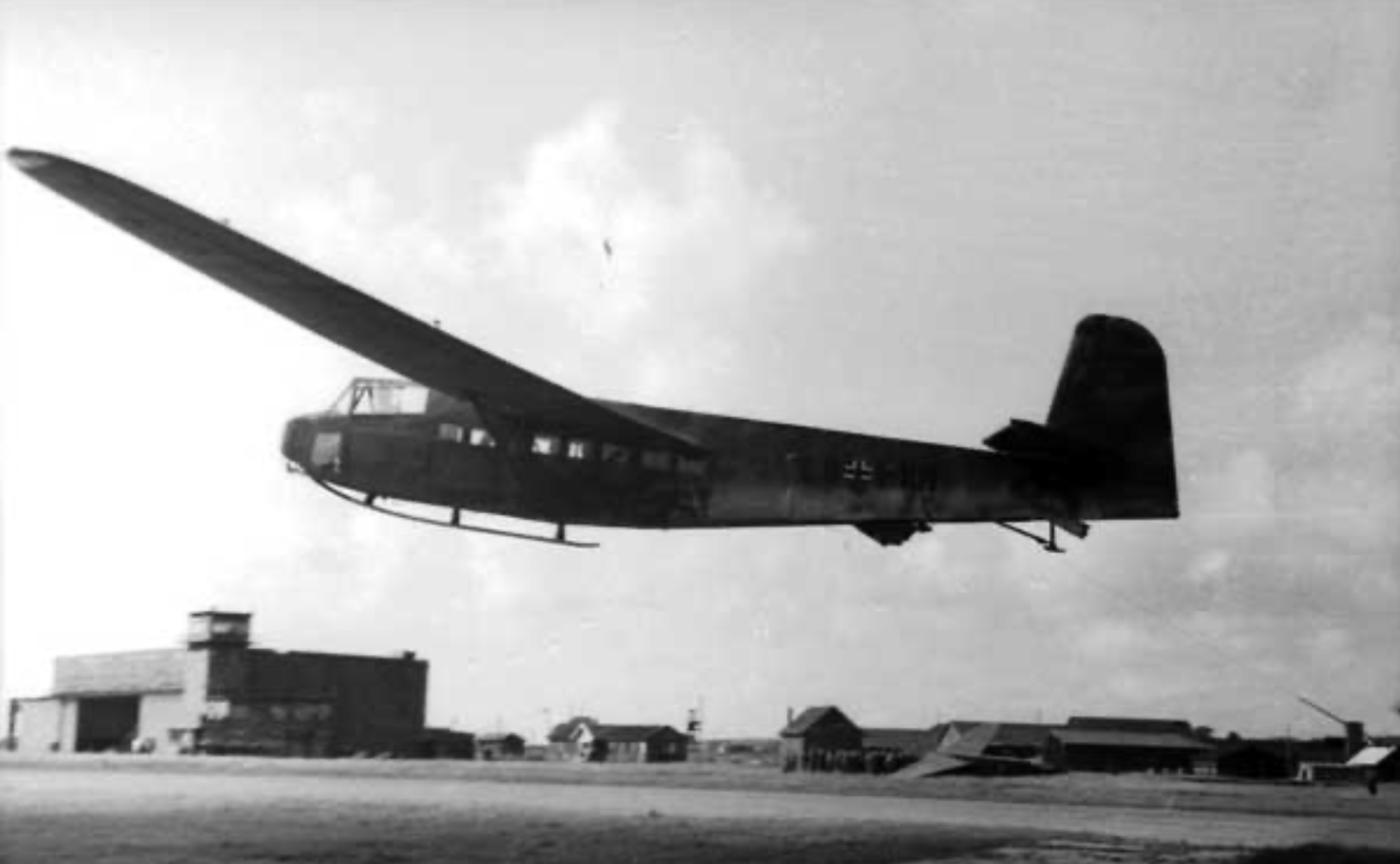
German Glider DFS 230
The DFS 230 was a German military assault glider used during World War II, developed in the late 1930s. It was designed by Hans Jacobs, the chief designer at the Deutsche Forschungsanstalt für Segelflug (German Research Institute for Sailplane Flight), which is what the initials DFS stand for. Jacobs was a pioneer in glider design and adapted civilian gliding technology for military use, creating a light yet robust aircraft that could deliver troops and supplies directly into combat zones. The glider was manufactured by several firms under license, including Gothaer Waggonfabrik, a company better known for its earlier bomber aircraft during World War I.
The DFS 230 had a high-wing monoplane configuration with a fixed landing skid and was typically towed into the air by a Junkers Ju 52 or similar aircraft using a cable. The glider was capable of carrying nine fully armed troops in addition to the pilot, who was seated separately in the cockpit. Alternatively, it could be loaded with equipment such as light artillery pieces, motorcycles, or ammunition crates, depending on the mission requirements. Its relatively short wingspan of about 21 meters and reinforced construction allowed it to land in confined areas, which made it ideal for precision assaults and resupply missions in rough terrain. The DFS 230 had flaps and dive brakes, giving the pilot considerable control during descent and enabling near-vertical approaches that minimized the risk of detection or interception.
In total, around 1,600 to 2,300 DFS 230 gliders were built between 1939 and 1943. They were first used operationally during the invasion of Belgium in May 1940. In one of the most famous operations involving the glider, German paratroopers landed on the roof of the Belgian fortress of Eben-Emael using DFS 230s to disable the heavily fortified position in a surprise attack that stunned Allied observers. The glider's success in this mission established its reputation and influenced later airborne operations. Another notable use was in the rescue of Italian dictator Benito Mussolini in September 1943, when German special forces led by Otto Skorzeny landed DFS 230 gliders on the Gran Sasso mountain plateau in a daring raid to extract Mussolini from imprisonment.
The glider was also used during the German campaigns in Crete and North Africa, as well as on the Eastern Front and in supply missions to encircled forces such as those at Demyansk and Stalingrad. Despite its advantages, the DFS 230 had limitations in range and load capacity compared to later glider types. It required a skilled pilot and a cooperative towing aircraft, making it vulnerable to enemy fire during both approach and landing. As the war progressed, heavier gliders like the Go 242 and Me 321 were introduced, and the DFS 230 gradually fell out of favor for front-line missions. Nonetheless, its influence on airborne warfare was significant, demonstrating the tactical potential of glider-borne infantry and equipment in the early years of World War II.

